-
Posts
1,572 -
Joined
-
Last visited
Content Type
Profiles
Forums
Gallery
Events
Posts posted by Garward
-
-
-
-
-
Thanks for the comment, Keith! This type of connection justified itself in use my saw. It so was pleasant to me that I used similar connection and in other machine - the drum-type grinding machin which description I will publish a bit later.
-
your workshop is just amazing
even if i dont know how to use those power tools, i wish i could spend several hours testing them
Thanks for so pleasant assessment for me my workshop! I had to spend a lot of time for its creation and efforts, but results while suit me.

-
Concerning Unimat lathes on the Internet there is a lot of information, in particular and at different model forums. The majority of modellers consider that these machines are suitable for production of various wooden details for models of small scales (1:90 and less). From the experience of application of Unimat lathes I can tell that production of a mast with a diameter more than 4-5 mm and more than 200 mm long already a problem. Therefore at a machine choice everything depends on that the modeller is going to build.
-
Hi, Sjors! The correct decision to refuse Unimat purchase. A few years ago I bought its version 8-in-3, but already in half a year started raising money for purchase of the small-sized lathe, allowing to process metal, a tree, plastic and other materials. The PROXXON lathe (not only for a tree) - a good thing, but expensive, it is possible to find machines with similar characteristics, but is cheaper.
-
Hi, Keith!
You correctly understood everything, torque transfer improves, noise decreases.
Connection which I applied in a saw - a self-made version of Elastomeric coupling R + W EK, TX1. Such connections are issued the industry, look at a photo and also, for example here http://www.rwcouplings.com/products/elastomer_couplings/index.php?adword=google/EKE/elastomer%20couplings&gclid=CPH3lJupjbYCFURf3god5DkAXw -
Hi, Keith, many thanks for the comment! In reply to your questions I report that the form is made of self-hardening plasticine. After its hardening in it silicone (it is shown in a tube on a photo) is filled in and after silicone hardening (about 2 days) the crosswise plug is received. Via this plug rotating parts are connected from the electric motor and a saw. The plug prevents a contact of metal parts of the drive.
-
Privet Commander, I want to ask you, if I can use part of your know-how in the production of your table saw ?
Thank you in advance for your approval...
 Tylmo
TylmoHi, Tylmo! Yes, please use, in parts or all design - as it is pleasant to you. For this purpose the description also is published. If there are questions - please address.
-
Garward anytime I see your name on a post I alway get some great info you and a master builder
Hi, Dave, thanks for the comment
 !
! -
Garward my next kit build will start with your build board.
And you won't regret because it isn't necessary to keep mind how to fix model.
-
Gosh Garward, how do you do it? I bet in reality you are actually 10 people!


As with all your work it is beautifully made - I am quite jealous of your skills.
Ian M.
Thanks for an assessment of my work! It would be very good to have 10 people of assistants, then it would be possible to construct much more models
 ! Unfortunately, it is necessary to use only own hands.
! Unfortunately, it is necessary to use only own hands. -
-
-
Garward,
Molodets, krasivaya robota. I loved looking at your build log. You do great work. I see you are from Ukraine, I used to live in Ukraine, How are things on the other side of the world? I never lived in Kiev, but I visited on my way home. Love that city.
Hi, Joshukr, thanks for an assessment of my work! Kiev really very beautiful city, it very much is pleasant to me.
-
Dida,
I had that, burning the brass, once with the deadeyes, but I diminished the flame and it worked well after that.
Karl, not only you burned brass when I started soldering with a gas torch, at me it too sometimes occurred

-
Hi, Giorgio, beautiful guns turned out, it is pleasant to me!
-
With return!
Witamy z powrotem!


-
- sonicmcdude, cog and Walter Biles
-
 3
3
-
-
-
In the course of Montanes construction for production of details I used available for me jig saw (table saw) - self-made "minifactory" for thin laths and an interline interval, FET PROXXON for thickness to 20 mm and MJ10200J Feida for thickness to 40 mm). I have come to a conclusion about necessity of construction jig saw, deprived, whenever possible, lacks of the listed units (the design features sometimes essentially complicating operation; time and the efforts spent for maintenance of accuracy of a cutting; the big noise etc.). In particular, at FET saw a disk – tightening the screw constantly so gets jammed the extremely unsuccessful knot of fastening that I already two times had to cut off its head, differently a disk was not to remove (the same lack marked also others modellers).Initial ideas of construction were:- The basic range of a cutting – wood in the thickness from 0,5 to 20 mm;- Accuracy of a cutting 0,1мм;- A cutting under various corners;- Table adjustment on height;- Reliable knot of fastening a cutting disk and simplicity of its replacement;- The stock of capacity excluding (reducing) overheat of the engine at long work;- Noise reduction.As a result of viewing and the analysis of a considerable quantity of descriptions industrial and self-made jig saw at me the design shown on a photo has turned out http://modelshipworld.com/index.php?/topic/82-montanes-by-garward-occre/page-33.
- sonicmcdude, butch and tkay11
-
 3
3
-
Dear Fellow Ship Modelers
I am starting the rigging phase of my ship model and I had herd that Beeswax is often used on shipmodel rigging. What is the purpose of the wax and What is the best way to apply it. Are there other products that serve the same purpose that are better then Beeswax. I would be greatful for any advice on the subject.
Best Wishes
Vern
I use shellac or OSMO oil-wax.
- Archi and Doreltomin
-
 2
2



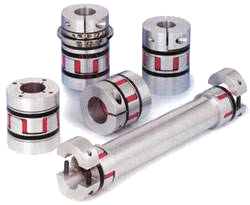
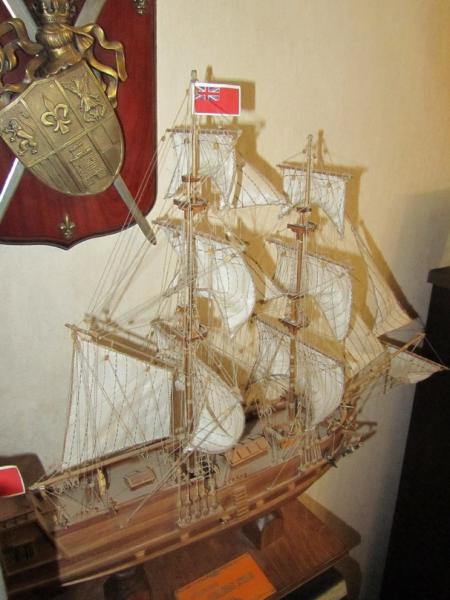
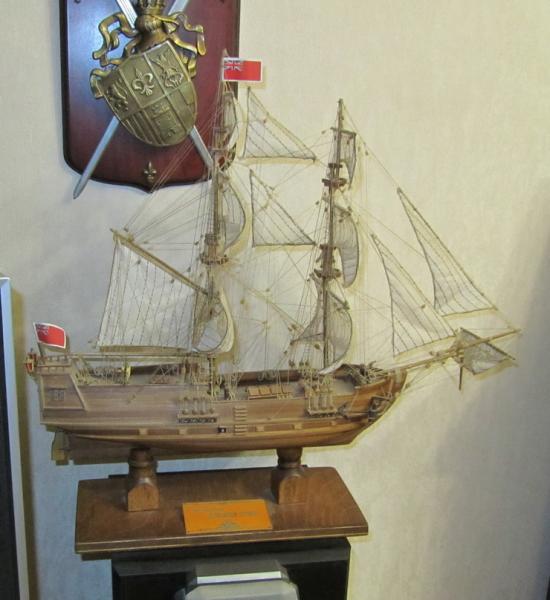
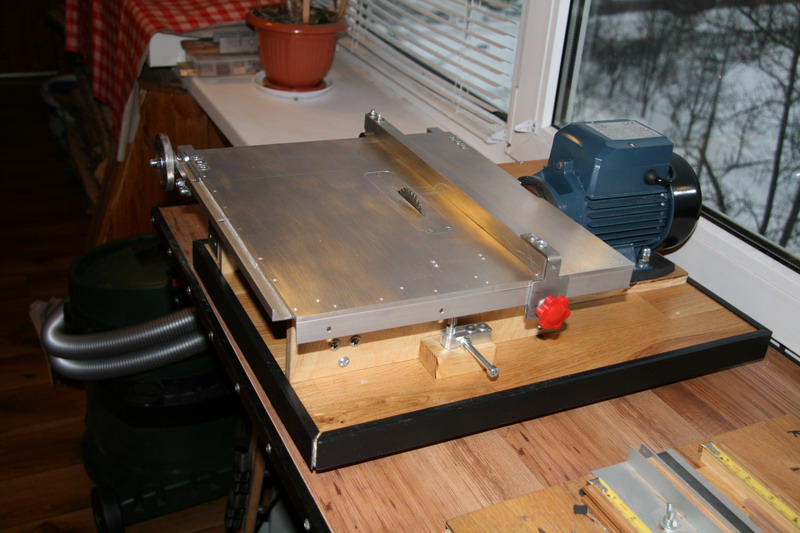

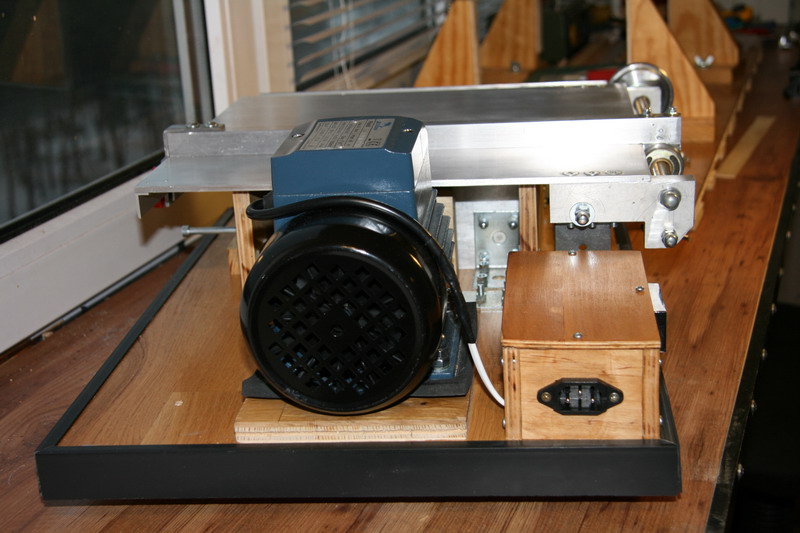
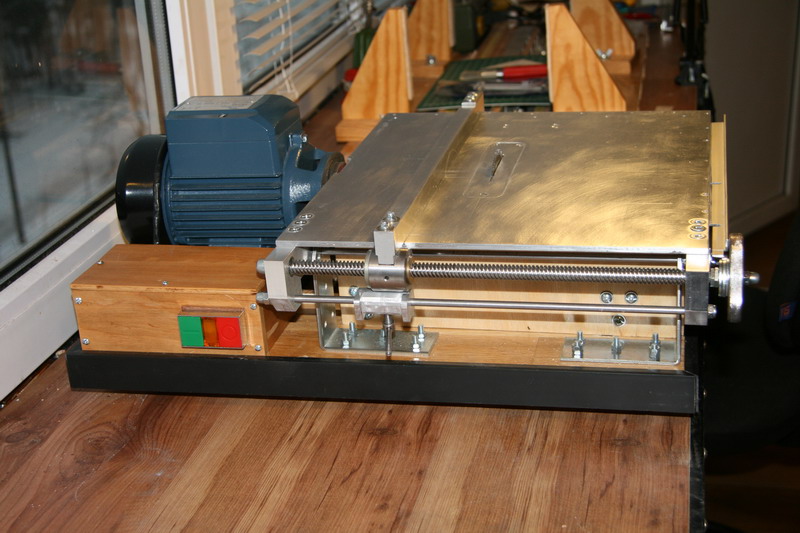
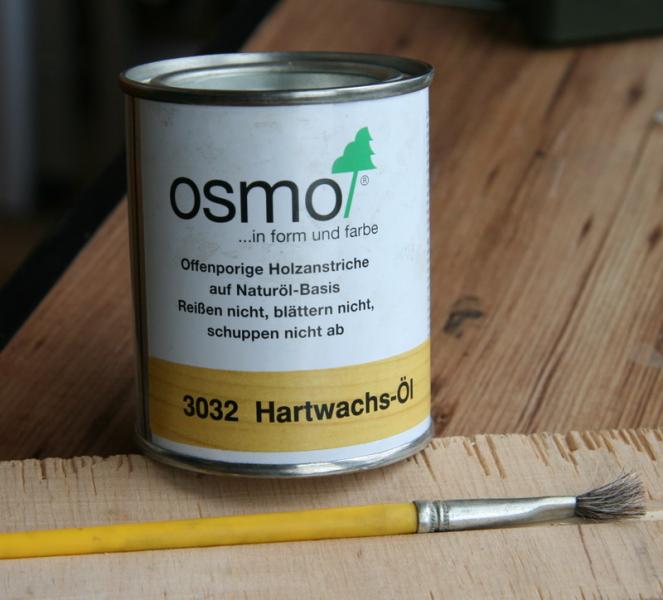
MONTANES by Garward - OcCre
in - Kit build logs for subjects built from 1751 - 1800
Posted
Many thanks for a praise of my work! As those I didn't do full-scale drawings of a saw as didn't plan it to build once again. Construction was conducted according to separate sketches and working drawings. Diameter of a shaft of the electric motor available for me, diameter of bearings and the sizes of saw disks which I wanted to use (outer diameter and diameter of an opening for fastening) were a starting point for their development. I chose the size and a table design after production and preliminary assembly of rotating details. Design of this saw, proceeding from the main ideas, it isn't difficult to reproduce under any other set of details.